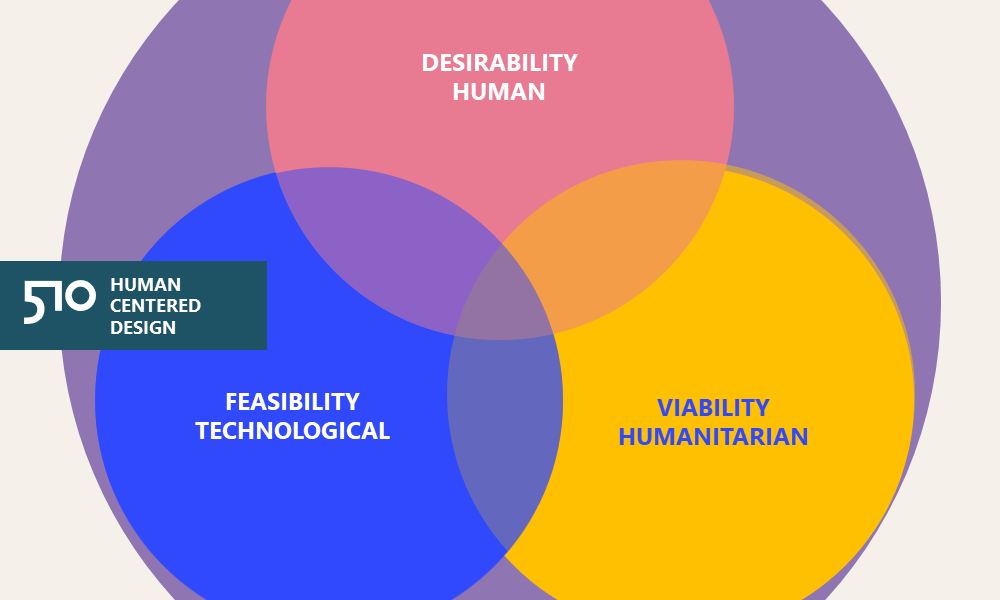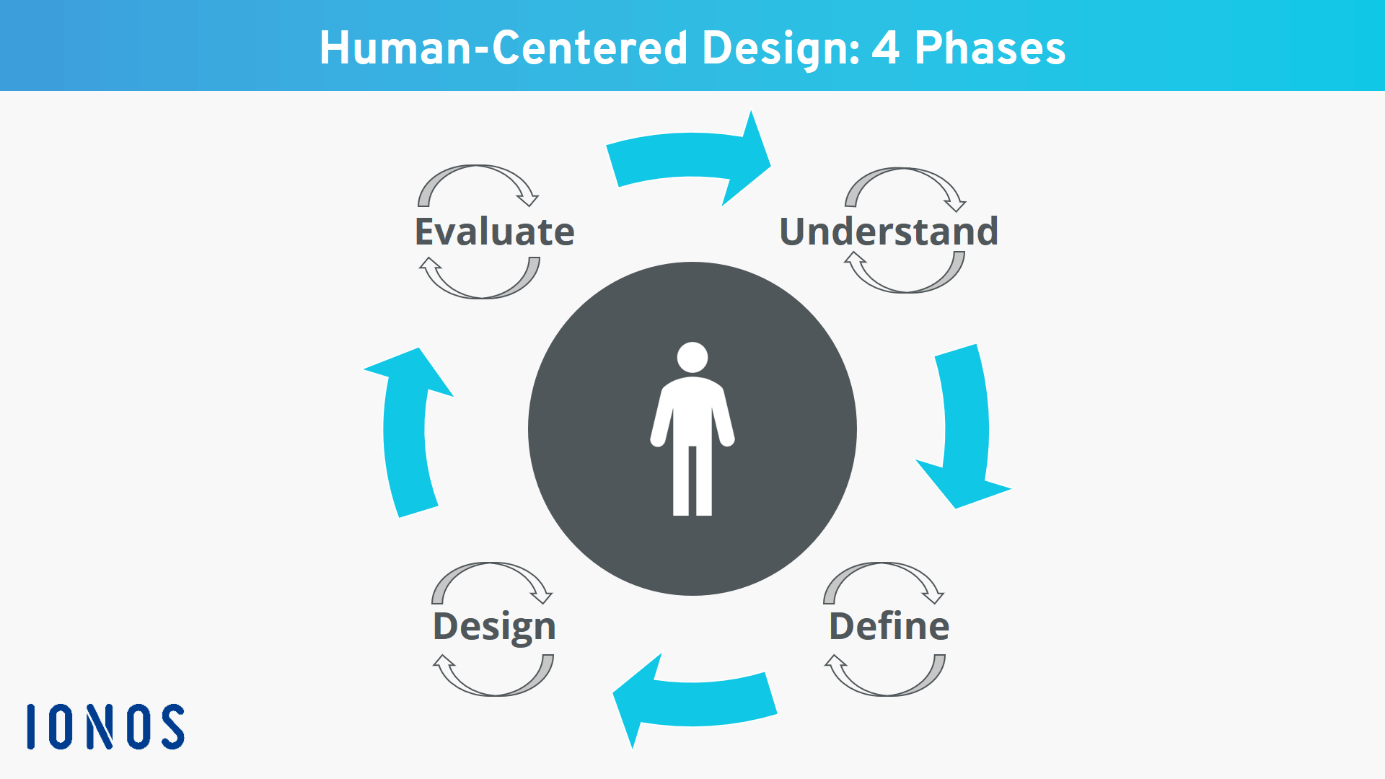Table Of Content

Human involvement typically takes place in initially observing the problem within context, brainstorming, conceptualizing, developing of concepts and implementing the solution. Allows for content and ad personalization across Google services based on user behavior. Net Solutions is a strategic design & build consultancy that unites creative design thinking with agile software development under one expert roof. Founded in 2000, we create award-winning transformative digital products & platforms for startups and enterprises worldwide. A design sprint is a weekly (5-day) process used for solving critical business problems with the help of design, followed by prototyping and testing prototypes with real people.

Leveraging Human-Centered Design in Your Business
The idea is to build things that aren’t just advanced but also readily acceptable. If you're a UX designer, the HCD process probably sounds familiar. HCD informs UX design principles—including user research, wireframing, prototyping, and usability testing. HCD takes a holistic, human-centered approach to UX design, focusing design teams on user needs across the product development process. HCD’s participatory design approach taps end-user input early and often, inviting users to co-design, test, and fine-tune UX design solutions.
Testing: The reality check
While both prioritize the user, human-centered design is broader than UX design. UX often focuses on websites and digital interfaces, as mentioned in this video. Don Norman also studied the control rooms of potentially hazardous industrial centers and aviation safety. Following the Three Mile Island nuclear accident in 1979, he was involved in analyzing the causes and potential solutions.
When will I have access to the lectures and assignments?
So, how can we start to leverage the power and insights of the local people? Don Norman, who coined the term “user experience,” will help us understand how to use community-based design and let the people drive the projects. This first phase is dedicated to collecting data and observing your customers to clarify the problem and how you might solve it. Rather than develop products based on assumptions, you conduct user research and assess customer needs to determine what prospective buyers want. This is where designers identify flaws, weaknesses, and gaps in the design, improving it along the way. The person who lives with the problem is asked to test the model or the prototype repeatedly and see if it addresses all aspects of a problem.
The clarify phase requires empathy—the capability of understanding another person’s experiences and emotions. You need to consider your customers’ perspectives and ask questions to determine what products they’re currently using, why and how they’re using them, and the challenges they’re trying to solve. Human-centered design is a problem-solving technique that puts real people at the center of the development process, enabling you to create products and services that resonate and are tailored to your audience’s needs. Human-centered design not only honors but, indeed, is founded in the fundamental importance of diversity in all its forms. Principles of human- centered processes provide referent values one can use within processes that, ideally, facilitate more equitable practices and solutions.
Phase 3: Rapid prototyping
This involves a cyclical process of prototyping, testing, analyzing, and refining a product or service in response to user feedback. In this module, learners consider how to analyze and guide the collaborative process to ensure diverse perspectives contribute to achieving a shared goal. Learners practice coordinating action between various stakeholders, who each have unique expertise and viewpoints. As with inclusive design, ECD aims to include diverse groups in the process, understanding historical patterns of inequity and introducing methods of uncovering bias. ECD also aims to reduce the power gap between groups by redefining who the “designer” is and who has the power to influence the outcomes of a creative process. IdeateIdeation occurs after insights are synthesized into actionable needs and recommendations.
In addition, HCD gives the people you’re designing for the sense that they’re understood. Not only can this increase customer loyalty, but because they’re part of the process that brought the product to market, they’re likely to feel more invested in using it. In this guide, we’ll explore what human-centred design is and why it’s important.
What is the human-centered design process? The 6 phases of HCD
It’s immensely important, so that you can understand how to best digitize a process,” Roe said. Agencies are embracing human-centered design principles as part of their customer experience modernization work, incorporating customer feedback into each element of iterative improvements. Federal agencies are meeting their customers where they’re at by rethinking how they deliver public-facing benefits and services online and on mobile devices. At Fresh Consulting, our UX design team can help you bridge the empathy gap, gain a deep understanding of your customers’ needs, and understand how your app will interplay with a user’s other daily routines. Issues of security, privacy, and trust have become more complex. Even before the crisis, there was no shortage of perspectives and debate on digital security and privacy.
Why human-centered design is critical for universities - EY
Why human-centered design is critical for universities.
Posted: Tue, 07 Nov 2023 08:00:00 GMT [source]
You will build on your case study in each lesson, so once you have completed the course, you will have an in-depth piece for your portfolio. In lesson 1, you'll learn about the importance of meaningful measurements. Everything around us is artificial, and so are the metrics we use. Don Norman challenges traditional numerical metrics since they do not capture the complexity of human life and the environment. He advocates for alternative measurements alongside traditional ones to truly understand the complete picture.

Overall, human-centered design (HCD) has become the central process through which designers create and innovate. HCD allows anyone to participate in the design process and overall creation of a product or service. Participatory design is one of the most powerful aspects of HCD. Design itself is too important and critical to only be leveraged by the “professionals” and without the incorporation of the people a solution is intended to reach.
And while accessibility is a core objective, inclusion is much more than that, helping a diverse group of people use a product effectively in many different environments. Understand and ObserveHuman-centered design starts with empathy, an important part of developing understanding. Empathy, or the ability to share the feelings of those who experience the problem, is important because it facilitates insight into how you can generate solutions through what you design and create.
Invite input from key stakeholders and tersters, then use their feedback to tweak your prototype. Learn more about how to incorporate user feedback in product design (and why it matters) here. Always keep the big picture of the user journey in mind, even if you’re only working on a small part of it. Don Norman observes that because optimization at the local level doesn’t mean optimization for the global level, we should keep the whole experience in mind for a smoother system. On the contrary, our biological and ecological interconnections ensure that "another's liability is our liability". Sustainable business systems can only emerge if these biological and ecological interconnections are accepted and accounted for.
The HCD methodology helps designers, developers, product managers, and leadership stay in sync—and on top of changing customer needs. With everyone empathizing with and innovating for real people, goals become clearer and decision-making easier. Instead, do iterative work with simple interventions that you can learn from.
As emerging technologies like AI and Virtual Reality continue to evolve, so too will the methods and applications of Human-Centered Design, promising ever more nuanced and responsive user experiences. Companies like Apple and Airbnb have transmogrified entire industries by clever application of HCD principles, demonstrating how empathetic design can catalyze monumental shifts in user experience and market dynamics. Illinois serves the world by creating knowledge, preparing students for lives of impact, and finding solutions to critical societal needs. Lead your team to produce creative solutions that meet user needs with these five steps to the HCD process. When you cultivate empathy for your customers, as you do in HCD, you can think of products that will really improve people’s lives.
An advocate for research, strategy, and discovery at the front end of any project, Ben excels in high-level thinking about how to most effectively tell a brand’s story in an authentic and relevant way. In our work reimagining the library experience, for example, we interviewed people who don’t use libraries often—or at all. We found that in many cases, these individuals were confused by terms like “circulation” and “call number,” and this was a key reason for their avoidance.












